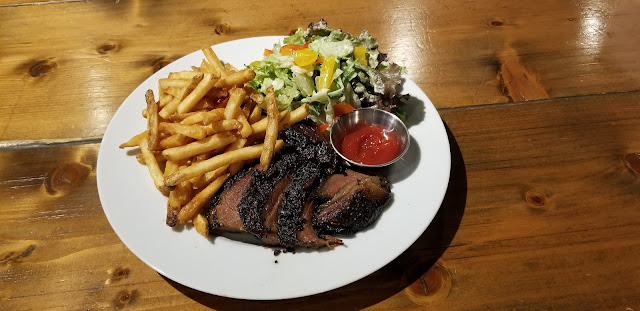This will be my last article for 2021. Thanks to all who have taken the time to read the travel articles and I appreciate the comments that I have received. This article on the Meiji Shrine is longer than most of the articles I have written since I have regularly visited and photographed the shrine since I first traveled to Tokyo over 17 years ago. I hope that the pandemic abates so that international travel becomes possible and practical again, but until then I will keep digging into my travel photographs for new articles in 2022. I wish you the best for the holiday season and will see you next year. Stay healthy and happy!
The Meiji Shrine (明治神宮, Meiji Jingū) is a Shinto shrine dedicated to the deified spirits of Emperor Meiji and his consort, Empress Shoken. Emperor Meiji presided over the Meiji era, and instigated the Meiji Restoration, a series of rapid changes that witnessed Japan's transformation from an isolationist, feudal state to an industrialized world power [4]. The Japanese government officially started the construction of Meiji Jingū to commemorate their deified spirits after he (1912) and his wife (1914) passed away. The construction took about five years to complete the entire shrine before it was formally dedicated in 1920. Most of the shrine complex was destroyed during the air raids of the Second World War, but thanks to a number of donations from around Japan, the current buildings were restored in 1958 [5].
Located just beside the busy Japan Rail (JR) Harajuku Station, Meiji Shrine and the adjacent Yoyogi Park make up a large forested area within the densely built-up city of Tokyo, Japan. Meiji Jingū is one of Japan's most popular shrines. In the first days of the New Year, the shrine regularly welcomes more than three million visitors for the year's first prayers (初詣, hatsumōde), more than any other shrine or temple in the country. During the rest of the year, traditional Shinto weddings can often be seen taking place there [2], as well as other rituals, processions, and festivals.
I first traveled to Japan on business in 2004 and visited the Meiji Shrine for the first time in the morning on my last day in Tokyo. Since it was a short train ride from the hotel, the group I was traveling with made a brief visit to the shrine before flying back in the afternoon to the USA. On my many subsequent trips to Tokyo, while I have visited the shrine at other times, I have always maintained the ritual of visiting in the morning on my last day in Tokyo before flying home to this day. So the photographs in the article are from a span of visits to the shrine over 15 years. My last visit was 2019, just before Japan closed to tourists because of COVID-19.
Please continue reading the rest of the article to learn more about the Meiji Shrine and see the photographs from my many visits over the years.





